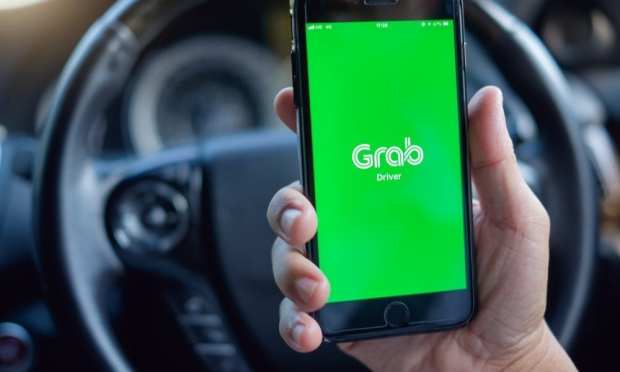Grab Expands Into Japan And Middle East

Grab has announced that it’s expanding so users of the ride-hailing service in Singapore, Malaysia and the Philippines will be able to book rides when they visit Japan and 13 Middle East countries, according to reports.
The services will be available in the users’ main language and they can use GrabPay Credits.
Grab partnered with JapanTaxi in Japan, where users can find rides in Okinawa, Sapporo, Kyoto, Nagoya and Tokyo. JapanTaxi has a fleet of 70,000 vehicles.
In the Middle East, Grab partnered with Careem, and customers can find rides in 94 cities throughout several countries including: Kuwait, Bahrain, Lebanon, Egypt, Saudi Arabia, UAE, Oman, Iraq, Qatar, Jordan, Morocco and Turkey.
Careem, which has more than 1 million drivers, was acquired by Uber for about $3 billion.
Grab said the new service is being rolled out in partnership with Splyt in order to give travelers “convenient access to ride-hailing services around the world.”
Splyt is based in London and operates as a B2B mobility marketplace. Leveraging Grab and Splyt tech, users can already use Grab in 336 cities in numerous Southeast Asian markets using AliPay and Ctrip, among other payment methods.
Grab was a participant in a Series A funding round for Splyt, worth $8 million. Splyt recently partnered with Booking Holdings to combine ride-hailing into online travel sites. People who use Booking.com will soon be able to use Grab’s services directly in the platform. Grab said the service will be available by Q3.
“Our partnership with Splyt further expands our travel program, designed to make travelling in and out of Southeast Asia that much more rewarding and seamless,” Grab said.
Although Grab continues to expand, Chief Executive Officer and Co-Founder Anthony Tan said the company is not going to launch an initial public offering (IPO) until it turns a profit.
Tan said he anticipates additional markets will turn a profit in the next 12 months and some are already making money.
“Once we’re profitable, then we can clearly go to public when we want to,” Tan said.
